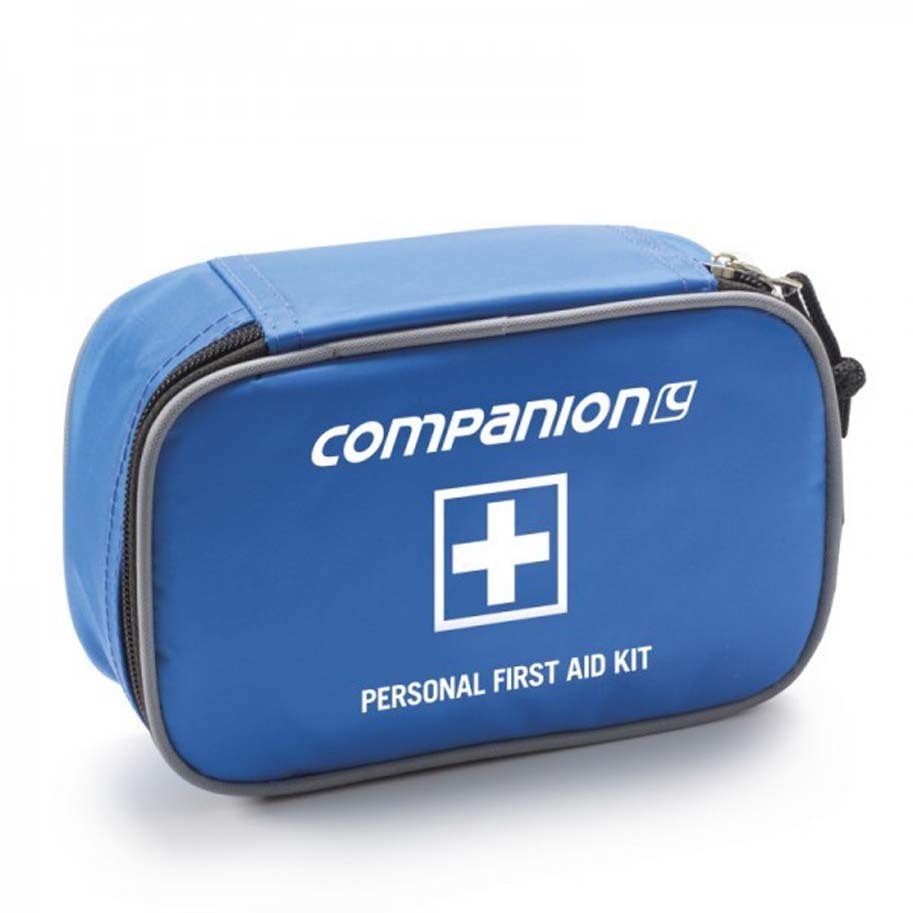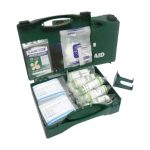I. Introduction
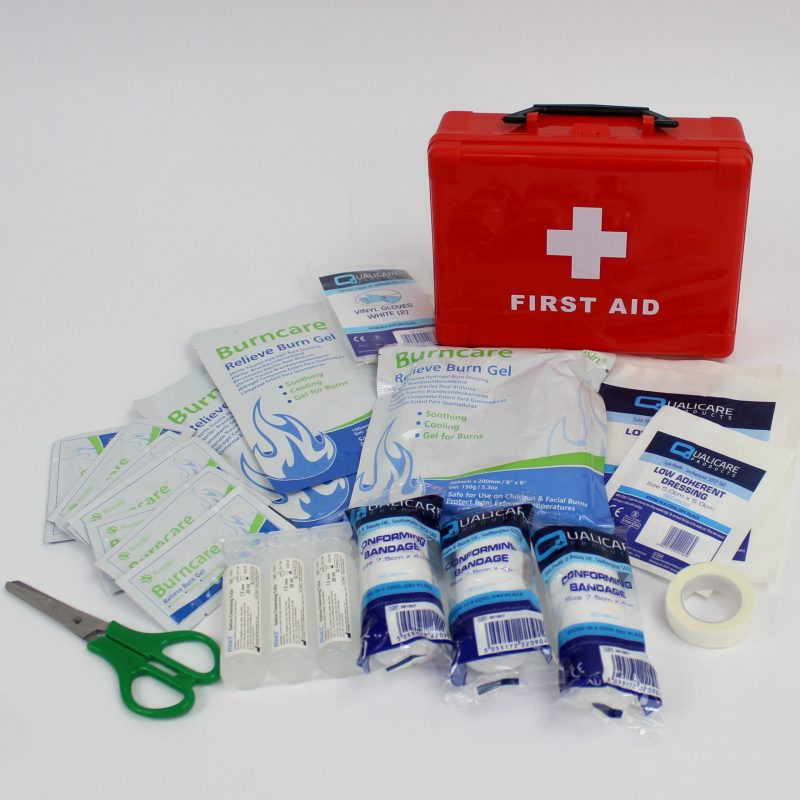
A. Importance of a Well-Equipped First Aid Kit on a Boat
When setting sail, safety should always be a top priority, and a key component of maritime safety is being prepared for medical emergencies. A well-equipped first aid kit is an indispensable resource on any boat, serving as a crucial line of defense in responding to injuries, illnesses, or accidents that may occur at sea.
B. The Significance of Preparing for Medical Emergencies While at Sea
Boating presents unique challenges when it comes to addressing medical emergencies, as access to immediate medical care may be limited when far from shore. In such scenarios, having a well-prepared first aid kit and the necessary knowledge to utilize its contents becomes essential.
II. Essential Supplies for a Boat First Aid Kit
A. Basic Bandages and Wound Care Essentials
The foundation of any boat first aid kit lies in its ability to address common injuries and wounds that may occur on board. This includes an assortment of adhesive bandages, gauze pads, adhesive tape, and disinfectants, allowing for the treatment of cuts, scrapes, and burns. Additionally, items such as antiseptic wipes, cotton swabs, and sterile gloves are essential for maintaining proper wound care hygiene.
B. Medications for Common Ailments and Seasickness
Boating can bring its own set of physical discomforts, including seasickness. As such, a boat first aid kit should include medications to alleviate seasickness and motion-related nausea. Moreover, essential over-the-counter medications for pain relief, fever, allergies, and stomach ailments should be readily available to address common health concerns while at sea.
C. Emergency Medical Equipment such as Tourniquets and Splints
In the event of a more serious injury, having emergency medical equipment on board can be lifesaving. Items such as tourniquets, splints, and triangular bandages are crucial for stabilizing fractures, sprains, and managing severe bleeding.
III. Addressing injuries unique to boating activities
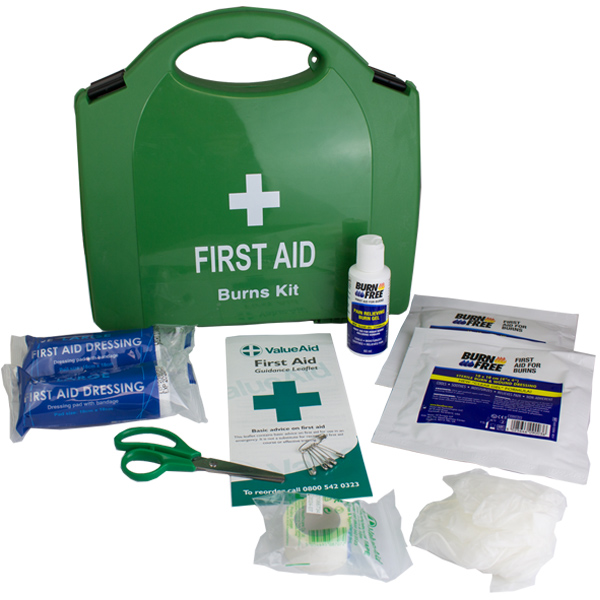
Boating comes with its own set of potential injuries and accidents, often related to the marine environment and the activities undertaken while at sea. Understanding and preparing for these unique situations is crucial when assembling a boat first aid kit.
Injuries such as cuts, scrapes, and abrasions are common occurrences on a boat due to the presence of sharp edges, fishing equipment, and the potential for slipping on wet surfaces. Consequently, a well-equipped first aid kit should include specialized wound care items, waterproof bandages, and antiseptic solutions to address these unique concerns effectively.
Moreover, it’s vital to consider incidents related to water sports and recreational activities commonly undertaken on boats, such as skiing, snorkeling, and swimming. These activities present risks of musculoskeletal injuries, including sprains, strains, and dislocations. Splints, bandages, and triangular bandages should be readily available to address and stabilize these types of injuries until further care can be provided.
Understanding the implications of limited medical resources while at sea
Boating introduces the challenge of limited access to traditional medical resources while at sea. This necessitates a thorough consideration of the medical capabilities and supplies available on board, as well as an understanding of how to best manage medical emergencies within these constraints.
In the event of a medical emergency, the ability to manage and stabilize a patient until further care can be obtained is crucial. As such, a boat first aid kit should be well-equipped with supplies that allow for the provision of immediate and effective care, given the potential delay in accessing professional medical treatment. This includes the ability to address bleeding, manage fractures, and provide initial treatments for common ailments or injuries.
Moreover, boaters should be well-versed in marine-specific emergency protocols, such as how to communicate distress signals, access emergency medical help, and provide basic onboard medical care as needed. Understanding the limitations of medical resources at sea and mitigating these challenges through preparedness and appropriate supplies is fundamental for ensuring safety while boating.
IV. Special Considerations for Storing and Maintaining a Boat First Aid Kit
A. The Impact of Maritime Conditions on Medical Supplies
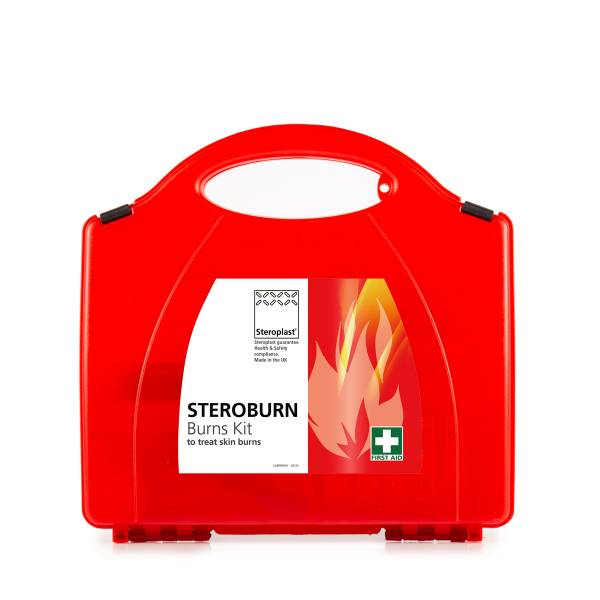
The maritime environment presents unique challenges for the storage and maintenance of medical supplies. Exposure to saltwater, excessive moisture, and fluctuating temperatures can degrade the integrity and effectiveness of medical items over time.
Regular inspection and maintenance of the first aid kit are equally important, as marine conditions and prolonged storage can affect the expiration and effectiveness of medications, ointments, and sterilized supplies. It is imperative to periodically check and replace expired items, as well as monitor the overall condition of the supplies to ensure their readiness in the event of an emergency.
B. Tips for Safe and Accessible Storage of First Aid Supplies on a Boat
Safe and accessible storage of first aid supplies on a boat is crucial for effective use during emergencies. The first aid kit should be kept in a designated, easily accessible location that is known to all passengers and crew members. It is recommended to have the first aid kit secured in a waterproof and buoyant container to protect its contents from potential water exposure. Additionally, labeling and organizing the supplies within the kit can facilitate efficient access and use during stressful situations.
V. Training and Preparedness: First Aid Skills for Boaters
A. The Importance of Boater-Specific First Aid Training
Boating presents distinctive challenges and risks, and as such, it is essential for boaters to acquire specific first aid training tailored to the unique demands of marine environments. Boater-specific first aid training equips individuals with the knowledge and skills necessary to effectively respond to medical emergencies while at sea, addressing the particular injuries and scenarios commonly encountered on boats.
Training programs focused on marine first aid cover essential topics such as managing injuries related to water sports, marine-based accidents, and responding to medical incidents in remote and limited resource settings. This specialized training ensures that boaters are proficient in performing first aid procedures in a maritime context, including the use of marine-specific equipment such as rescue slings, life rafts, and flare kits.
Furthermore, boater-specific first aid training emphasizes the additional challenges of providing medical care on a moving vessel, addressing seasickness, and stabilizing patients in the marine environment.
B. Building a Culture of Safety and Preparedness Among Boat Passengers
Fostering a culture of safety and preparedness among boat passengers is integral for creating a secure and responsible boating environment. This entails ensuring that all individuals on board, including passengers and crew members, have a basic understanding of first aid procedures and emergency protocols. Open communication and clear instructions regarding safety guidelines and emergency procedures are crucial for building a culture of preparedness and promoting a collective responsibility for safety while at sea.
Understanding how to utilize the supplies within the kit, as well as the basics of administering first aid, can empower individuals to contribute to a swift and effective response in the event of a medical incident.
Regular safety briefings and drills can further reinforce the importance of preparedness and response protocols among boat passengers. Engaging in safety-oriented activities, such as practicing the use of safety equipment and reviewing emergency procedures, can cultivate a proactive and vigilant atmosphere that prioritizes the well-being and security of all individuals on board.
Conclusion
In conclusion, boater-specific first aid training and the promotion of a culture of safety and preparedness among boat passengers play a pivotal role in enhancing safety and security while at sea. Equipping boaters with specialized first aid skills and instilling a collective commitment to safety fosters a more secure and responsible boating environment, reinforcing the ability to respond effectively to medical emergencies and ensuring the well-being of all individuals on board.
